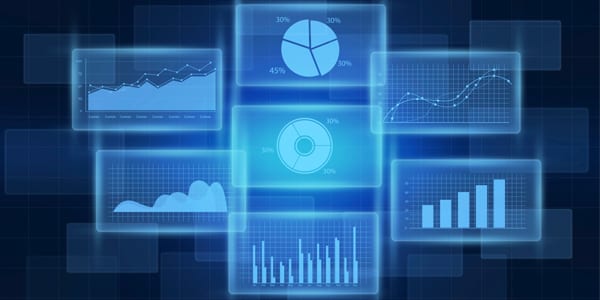Measurement and evaluation have become pressing issues for the PR profession. Whether this is due increasing client demand or internal motivation, demonstrating tangible value of PR efforts has never been more important.
As a result, data and analytics skills are becoming just as important as writing and problem solving to succeed in PR. But numbers can be intimidating. As an assistant professor of public relations, I meet students every day who are reluctant to learn analytics because they find it “too complicated.” But it doesn’t have to be (click to tweet).
Here are five simple ways you can develop data intelligence:
1. Learn to speak the language.
Much like any specialized area in public relations (e.g., crisis communication or reputation management), measurement and analytics professionals speak a common language. There are several resources that can help you build your vocabulary, including the extensive databases from PRSA, the Institute for Public Relations (IPR) and the International Association for Measurement and Evaluation of Communication (AMEC). Include these resources in your daily reading list not only to build awareness, but also to stay up-to-date with the latest trends and insights in this area.
2. Acquire a basic understanding of statistics.
Yes, I hear your pain. Statistics is not intuitive. I get that. But as a new-age PR pro, you simply cannot escape it. I am not asking you to become a statistician. All I am suggesting is that you develop a basic knowledge (i.e., mean, median, mode, standard deviation, range, confidence level, p-value). PRSA and the American Statistical Association have put together a quick cheat sheet for practitioners who must use statistics in their work.
3. Use the tools.
The quickest way to impress employers is to learn a few tools that the profession uses for measurement and evaluation. These include social listening software such as radian6, BrandWatch or Crimson Hexagon, and media monitoring tools such as Cision. Also, familiarize yourself with databases such as LexisNexis, Factiva and MRI. Request a free demo or watch tutorials. Again, the idea is not to become an expert but to have a basic understanding of what these tools can do.
4. Adopt industry standards and guidelines.
This goes along with my first recommendation of developing a vocabulary. The more informed you are of what is going on in the profession, the smarter you sound. Start by reviewing the Barcelona Principles 2.0. As a profession, we have adopted this measurement standard to more effectively measure the value of public relations.
5. Understand key performance indicators.
In public relations, we measure three types of effects: outputs (slightly outdated), outcomes and business impact. For each effect, there are multiple indicators, or what are popularly known as key performance indicators (KPIs) to demonstrate success. While each organization and situation might require a unique set of KPIs, these are some of the most commonly used metrics. Study these indicators and how and when they are applied.
Measurement and data analytics have become a reality in public relations, and future professionals must learn these skills to stand out in the crowd and succeed in their jobs.
 As Seen In… PRSA
As Seen In… PRSA